Technological Advancements
The Table Saw Market is experiencing a notable transformation due to rapid technological advancements. Innovations such as digital displays, laser guides, and automated features are enhancing precision and user experience. These advancements not only improve the quality of cuts but also increase safety, which is a critical concern for users. The integration of smart technology, such as IoT capabilities, allows for real-time monitoring and adjustments, potentially reducing waste and improving efficiency. As manufacturers continue to invest in research and development, the market is likely to see a surge in demand for technologically advanced table saws, appealing to both professional and amateur woodworkers. This trend indicates a shift towards more sophisticated tools that cater to the evolving needs of users in the Table Saw Market.
Growing Construction Sector
The Table Saw Market is significantly influenced by the expansion of the construction sector. As urbanization accelerates, the demand for residential and commercial buildings increases, leading to a higher requirement for woodworking tools, including table saws. According to recent data, the construction industry has shown a steady growth rate, which correlates with the rising demand for efficient and reliable woodworking equipment. This growth is further fueled by government initiatives aimed at infrastructure development, which often necessitate the use of advanced woodworking tools. Consequently, the table saw market is poised to benefit from this upward trend, as contractors and builders seek high-quality equipment to meet their project demands. The interplay between construction growth and the Table Saw Market suggests a promising outlook for manufacturers and suppliers.
Rise of E-commerce Platforms
The Table Saw Market is experiencing a paradigm shift with the rise of e-commerce platforms. Online retailing has transformed how consumers purchase woodworking tools, including table saws. The convenience of online shopping, coupled with the ability to compare prices and read reviews, has led to an increase in online sales. Data suggests that e-commerce sales in the woodworking tools segment have grown substantially, as consumers seek a wider variety of options and competitive pricing. This trend is particularly beneficial for niche manufacturers who may not have a strong presence in traditional retail outlets. As e-commerce continues to expand, it is likely to reshape the distribution landscape of the Table Saw Market, providing opportunities for both established and emerging brands to reach a broader audience.
Increased Focus on Safety Regulations
The Table Saw Market is witnessing a heightened emphasis on safety regulations, which is driving innovation and product development. Regulatory bodies are increasingly mandating safety features such as blade guards, anti-kickback devices, and emergency shut-off systems. This focus on safety is not only a response to the high incidence of accidents associated with table saws but also reflects a broader societal commitment to workplace safety. Manufacturers are adapting to these regulations by incorporating advanced safety technologies into their products, which may enhance their market appeal. As consumers become more aware of safety standards, the demand for compliant and safer table saws is likely to rise, thereby influencing purchasing decisions. This trend indicates that the Table Saw Market is evolving to prioritize user safety alongside performance.
Sustainability and Eco-friendly Products
The Table Saw Market is increasingly aligning with sustainability trends, as consumers and manufacturers alike prioritize eco-friendly products. There is a growing awareness of the environmental impact of manufacturing processes and the materials used in woodworking tools. As a result, manufacturers are exploring sustainable materials and production methods to reduce their carbon footprint. This shift is reflected in the introduction of table saws made from recycled materials or designed for energy efficiency. Additionally, consumers are showing a preference for products that adhere to environmental standards, which is influencing purchasing behavior. The emphasis on sustainability may not only enhance brand loyalty but also attract a new segment of environmentally conscious consumers to the Table Saw Market, indicating a potential for growth in this area.


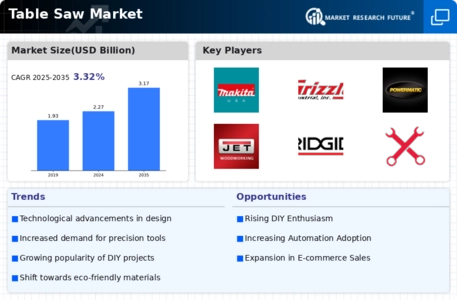
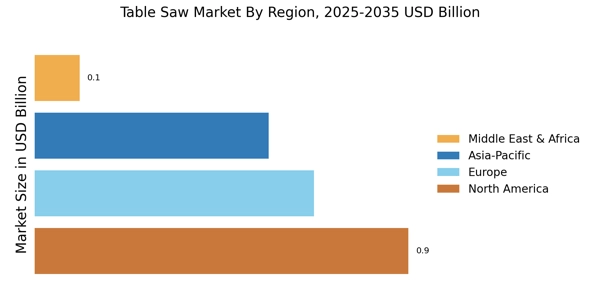



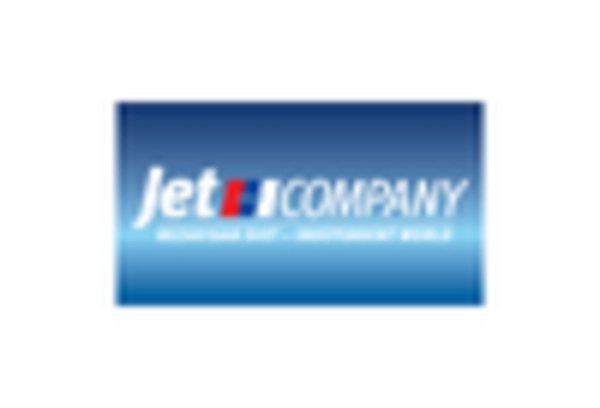
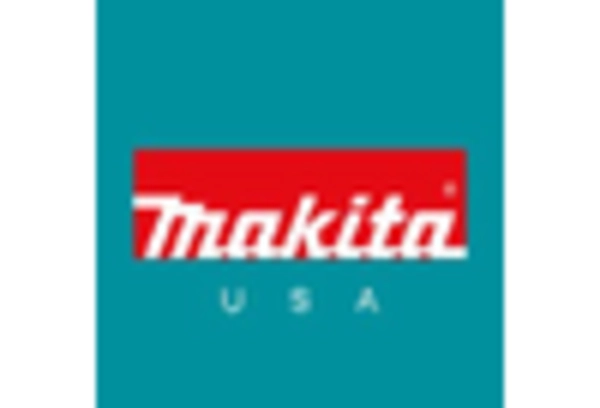
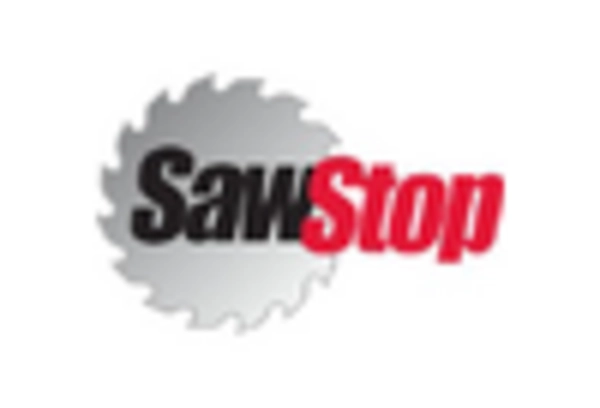








Leave a Comment